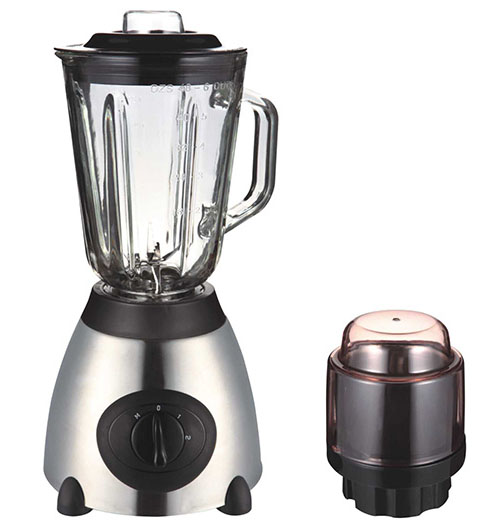The pH value of the pulp is also called the pH of the pulp. It refers to the concentration of hydrogen ions [H+] or the concentration of alkali ions [OH-] in the slurry. In aqueous solution, when the temperature is 20 degrees, the product of their concentration is 10-14, namely: CH2O=[H+][OH-]=10-14 If the aqueous solution is neutral, the hydrogen ion concentration [H+] is equal to the alkali ion concentration [OH]. [H+]=[OH-]=10-7 For the sake of convenience, the negative value of the logarithm of the hydrogen ion concentration [H+] is used to indicate the concentration of hydrogen ions in the solution, which is often referred to as the pH value. Therefore, the pH indicates the concentration of hydrogen ions in the solution, which indicates the pH. Neutral when pH = 7, alkaline when pH > 7, and acidic when pH is < 7. In the flotation process, the effect of pH on mineral flotation is multifaceted, and it is an important factor affecting flotation indicators. First, the effect of pH on the hydrophilicity and electrical properties of the surface of the ore When the pulp has a large pH value, due to the large amount of OH- ions in the slurry, the adsorption of a large amount of OH- on the surface of the ore particles will increase the hydrophilicity of the surface of the ore particles and hinder the adsorption of the collector anions. The pH also affects the electrical properties of the surface of the ore. The pH value directly affects the potential of the surface of the ore. Especially for the flotation of certain oxidized ores, the flotation reagents used are different due to the difference in pH. Second, the flotation agent should be dissociated into an effective ion and have a direct relationship with the pH value. The vast majority of flotation agents act in an ionic manner with the surface of the ore surface. That is to say, after the agent is dissociated into ions, it can interact with the mineral surface. The amount of dissociation of the agent becomes an effective ion, which is highly dependent on the pH. If the effective ion of the agent is anion X-, more effective ions X- can be produced under the condition of alkaline pulp (pH>7). Because X-+H2O→XH+OH- The above reaction formula is reversible, and only under the condition that the [OH]-concentration is increased, the reaction proceeds to the left, and more X- is produced. For example, in the case where the pulp is alkaline, the xanthate can dissociate more anionic ROCSS-, the fatty acid dissociates into RCOO-, and the cyanide dissociates into CN-. When the effective ion of the agent is a cation, more cations can be dissociated only in the slurry of low pH. For example, the effective ion of the amine collector is cationic RNH3+, and its hydrolysis reaction is: RNH2+H2ORNH3+OH- In the above formula, the reaction is carried out to the right under a small pH condition. Third, the flotation of various minerals, there is a suitable pH value under certain conditions Because the pH of the pulp often directly or indirectly affects the floatability of the mineral. However, the critical pH is a function of flotation conditions. If different collectors are used or their concentrations are changed, the critical pH of the mineral will also change. For example, when xanthate is used as a collector, the adsorption density of xanthate anion on the mineral surface has a certain relationship with the ratio of xanthate anion concentration and hydroxide ion concentration ([X-][OH-]), pH value. The higher the amount of xanthate adsorbed on the mineral surface, the lower the amount. It is believed that in the flotation of some insoluble oxides and silicate minerals, the pH value affects which kind of complex is produced after the chemisorbent chemical adsorption on the mineral surface, if pH facilitate the creation of complex value hydroxy (first oxyhydroxide) metals, it is advantageous to increase the recovery rate. Test example oleic soft manganese ore flotation, can be obtained at pH = 8.5 when a relatively high recovery rate, this time generated more hydroxy metal complex + MnOH mineral surfaces. According to the above, there is a suitable pH value for flotation of any mineral under certain flotation conditions, only under the conditions of suitable pulp pH, only under the conditions of suitable pulp pH. In order to achieve better selection indicators.
Glass Jar Food Blenders
Glass Jar Food Blenders are stronger, which can crush ice. Glass jar food blenders' motors are more powerful, usaully use 7025 or 7030 motor. Their power can reach to 350/450W. Glass jar food blenders always with 6 pcs ice crushing blades and Coffee Grinder.
Discription of Glass Jar Food Blenders
Size: 1.25L, 1.5L
Controls Type: Rotary switch, push button
Packing: 4pcs/ctn(standard box)
Glass Jar Food Blenders,Glass Jar Blenders,Blender With Glass Jar,Glass Blender Flying Electronic Co., Ltd , https://www.electronicjmflying.com